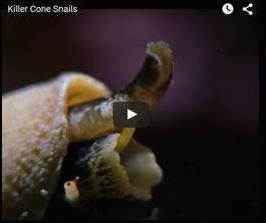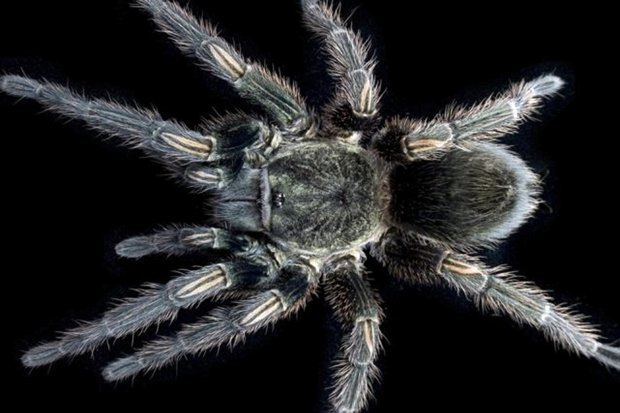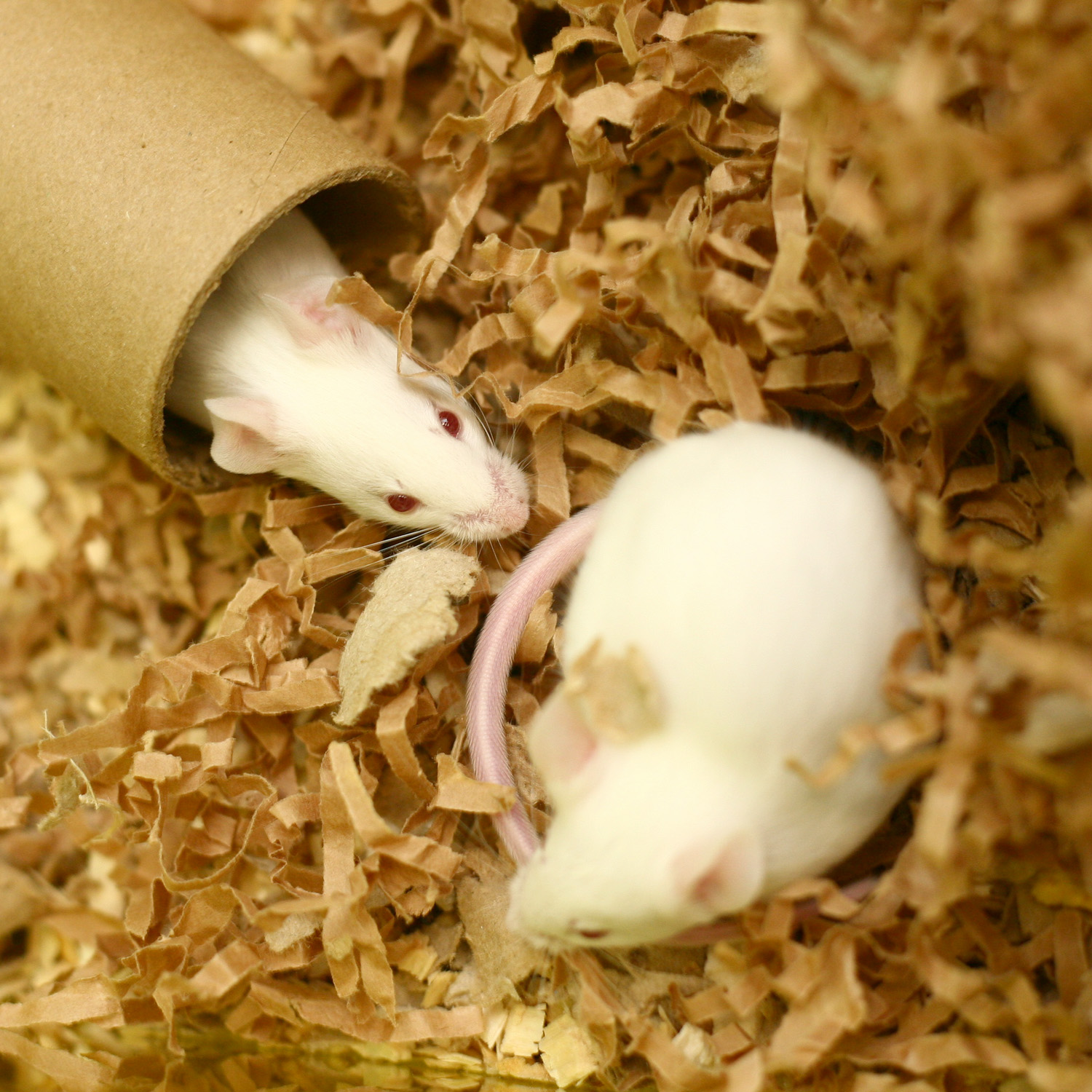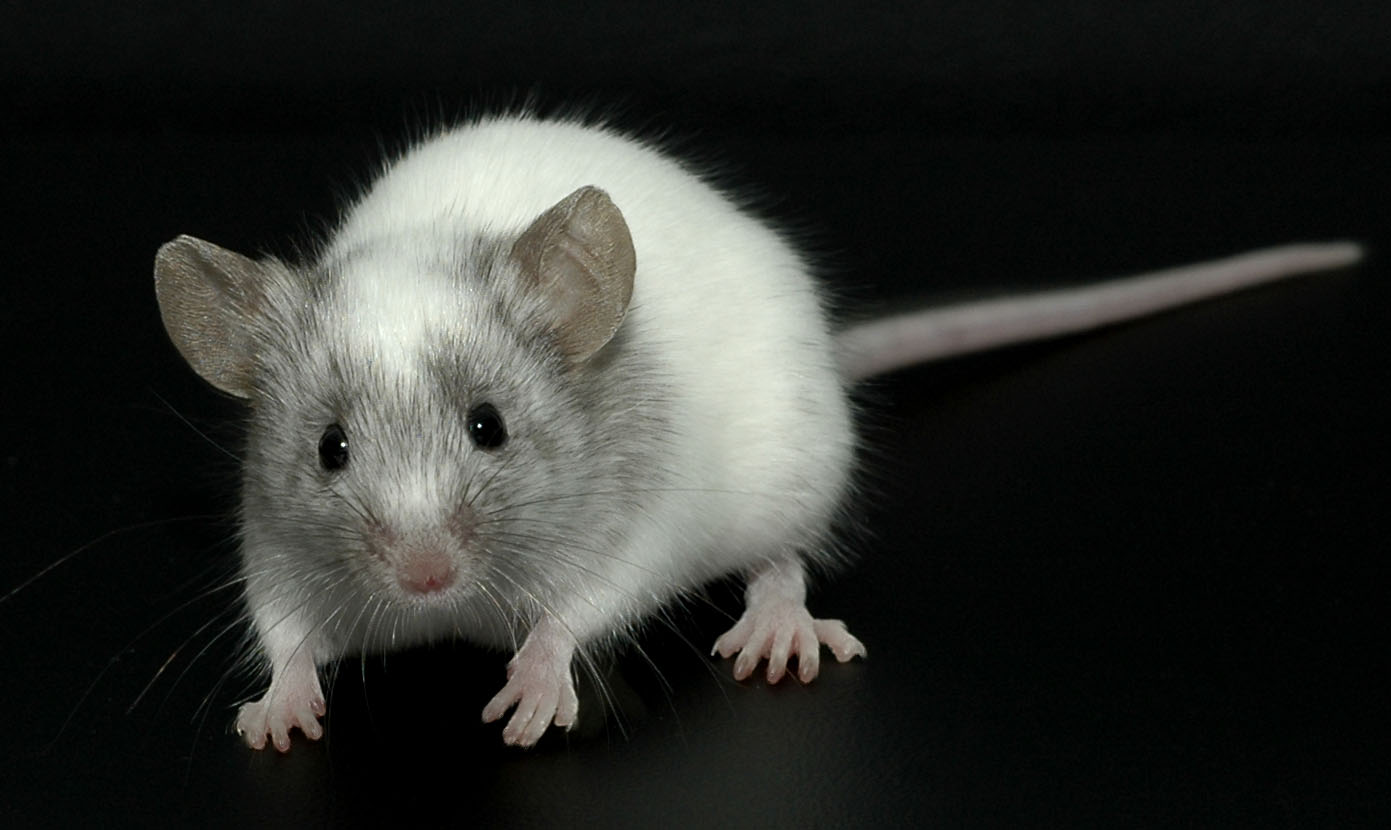Pain

21/02/17 Snail venom pain relief
Chronic pain could be treated with venom that snails normally use to paralyse and kill their prey. The venom contains a compound that appears to act as long-lasting pain relief and research in rats suggest it could be used to create a new pain therapy. Opioids which are currently used to treat moderate to severe pain are addictive and can cause serious side effects so a painkiller using this new technique may be a good alternative.
http://www.bbc.co.uk/news/health-39028557

04/09/16 New opioid pain killer is found effective and non-addictive in monkeys
A new opioid drug referred to as BU08028 alleviated pain in 12 monkeys without showing signs of being addictive, even at high doses. In March, the CDC released guidance, asking doctors to refrain from prescribing opioids due to their highly addictive nature. The opioid epidemic continues kill more than 40 Americans every day therefore this new study could be a step towards an effective, non-addictive, pain-quenching drug. The researchers hope to test BU08028 at treating chronic pain without risks of addiction or overdoses.
http://arstechnica.com/science/2016/09/new-opioid-douses-pain-without-being-addictive-or-deadly-in-primates/

29/12/16 Could this tarantula be a solution to chronic pain?
Australian researchers are trying to assess whether the ProTx-II toxin of the Peruvian green velvet tarantula might offer relief to patients with chronic pain. The ProTX-II peptide reduces activity in a pathway important to chronic pain - the discovery was made after thousands of spider toxins were analysed for pain-relief abilities.
http://www.thetimes.co.uk/tto/science/article4701449.ece

02/07/15 Male and female mice process pain differently
Male and female mice process pain differently which could have implications for how chronic pain is treated in humans. The study looked at immune cells called microglia which help kick the feeling of pain into gear and regulate how severe the pain is, depending on the type of injury. It showed that microglia play a more important role in the processing of pain for male mice than for female mice. Some drugs that aim at relieving pain, target the microglia, but the study shows that this relief is only visible in male mice. This study suggests that a crucial biological process is being governed in an entirely different way in males and females and more often than not, medications and treatments are being tested on male mice, not female mice. (Click here is you want more information on female mice in the lab http://www.huffingtonpost.co.uk/mia-rozenbaum/females-in-medical-research_b_6800028.html )
http://www.sciencealert.com/male-and-female-mice-process-pain-differently-study-finds

09/12/14 Spinal circuitry responsible for chronic pain
Salk and Harvard scientists chart spinal circuitry responsible for chronic pain in mice and identified an important neural mechanism that appears to be capable of sending erroneous pain signals to the brain. The circuitry in the spinal cord acts as a checkpoint between the body and the brain and makes sure that only the most important pain signals are transmitted. But sometimes the sensation of touch travels thought the pain trajectory which creates discomfort with only a light touch. This study could lead to new therapeutics for disorders such as fibromyalgia and phantom limb pain where patients are often sensitive to stimuli that don’t normally cause pain.
http://www.salk.edu/news/pressrelease_details.php?press_id=2066

08/12/14 a neurotoxin in tabacco smoke could increase pain in multiple sclerosis and spinal injury
A neurotoxin called acrolein from tobacco smoke could increase pain in spinal cord injury and worsen multiple sclerosis. It is usually produced within the body after nerve cells are damaged and destroys myelin insulation surrounding nerve cells and damages nerve fibres in spinal cord injuries and multiple sclerosis. Unfortunately, it can accumulate over a very short period of time in mice exposed to the equivalent of 12 cigarettes daily. Its body concentration could eventually be reduced by using a drug called hydralazine shown to have effectively reduced levels of acrolein in animal models. Riyi Shi, a professor in Purdue University's Department of Basic Medical Sciences, College of Veterinary Medicine, and Weldon School of Biomedical Engineering is currently working on developing a low-dose version for that purpose in humans.
http://www.neuroscientistnews.com/research-news/toxin-tobacco-smoke-could-increase-pain-spinal-cord-injury-and-worsen-multiple
Last edited: 27 September 2017 17:32
